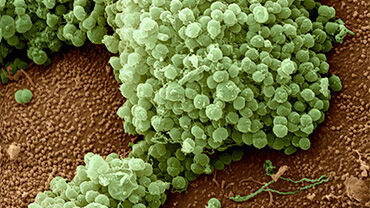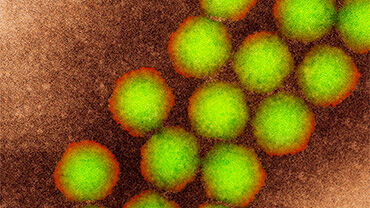The impact of haemophilus influenza serotype b resurgence on the epidemiology of childhood invasive Haemophilus influenzae disease in England and WalesArchived
The authors describe the epidemiology of invasive Hib and nontype b H. influenzae infections in children below 15 years of age in the United Kingdom from 1994 until 2008, and show that the resurgence in Hib disease during the years 1999-2003 did not affect the epidemiology of invasive nontype b H. influenzae disease in children, which provides further support against serotype replacement. However, the small yet significant year-on-year rise in nontype b H. Influenza incidence deserves further study.
Ladhani SN, Ramsay M, Slack MPE. Pediatr Infect Dis J 2011; 30(10): 893-5
The UK introduced Hib vaccination in 1992, which resulted to a 90% decline in invasive Hib disease across all age groups within 2 years through direct protection and herd immunity. However, in 1999 the number of cases resurged, mainly due to a greater than expected decline in protective Hib antibody concentrations after primary infant immunization, waning of herd immunity offered by the initial catch-up campaign, and the use of a less immunogenic Hib combination vaccine containing acellular pertussis in 2000–2001.







